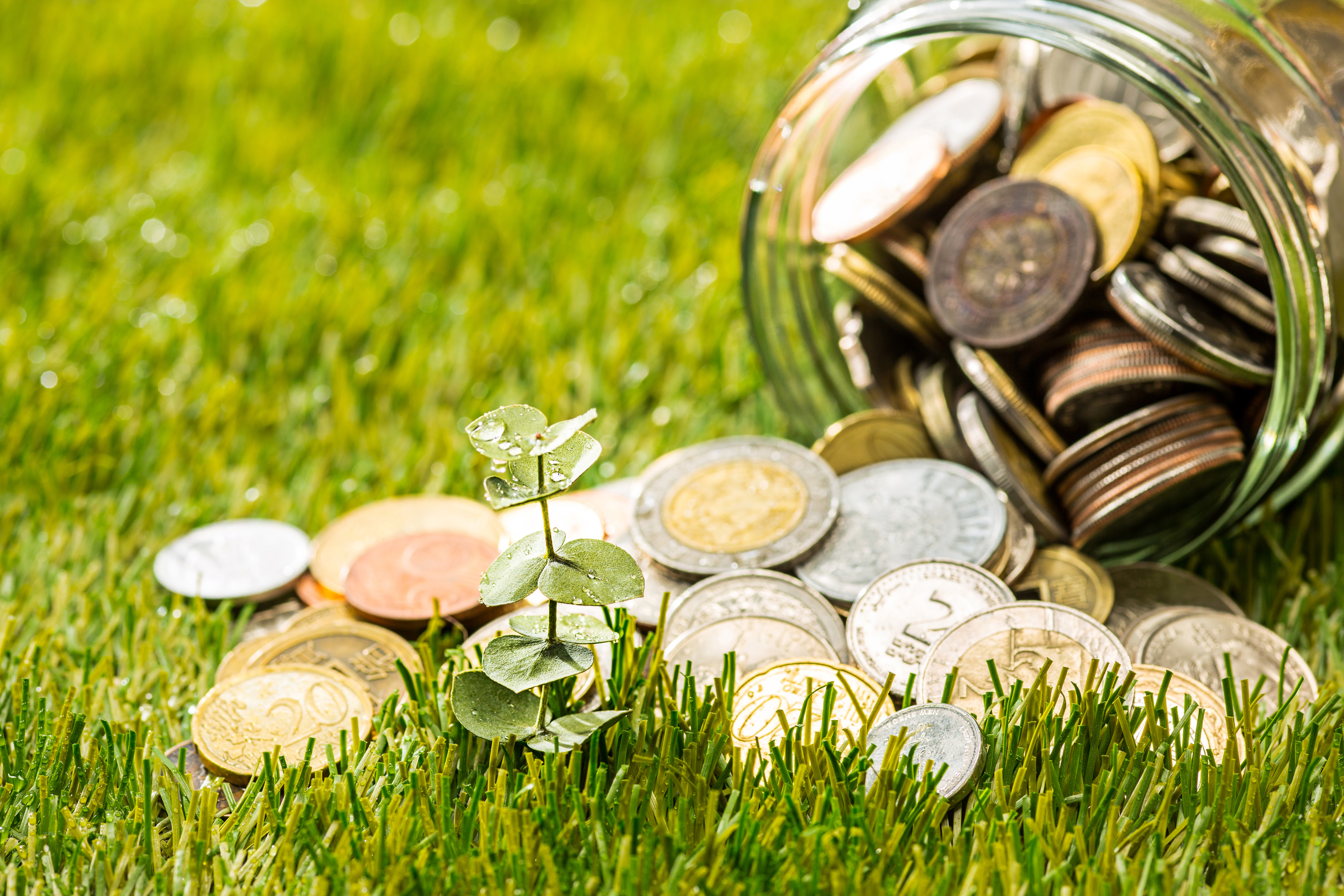The Rise of Green Finance: How Countries are Investing in Sustainability

Green finance is on the rise and with it has come a renewed commitment towards sustainable development. With climate change, resource depletion and environment pollution becoming more and more pertinent issues, countries across the globe have come to the realization that there lies an inherent need to invest in sustainability. This blog seeks to provide information on new advances in the green finance sector international investments are making towards eco-friendly goals and what that means for the future of the green finance sector.
The term encompasses a broad range of investments directed at projects with a great level of environmental sustenance. In the social and legal sphere, green finance can mean investments directed at renewable energy projects, sustainable farming, forest protection or any innovations promoting such development with the overarching aim to turn projects that are environmentally safe into huge sources of income.
The collaborative effort between governments, financial institutions and private investors is one of the most compelling features of the green finance movement. The aim of achieving sustainability through employment of new strategies is now being entertained by various countries across the globe in a bid to alter their economic frameworks as it is believed traditional finance is ineffective when dealing with global warming matters. Such a transition is not merely a passing trend; rather it is quickly adapting into the new normal.
Let us take the Europe Union (EU), which is actually at the forefront of green finance. One of the main strategies that the EUs Green Deal is that by the year 2050, Europe would be the first continent to have zero emissions. In order to accomplish this ambitious task, the EU has developed the European Green Bond Standard to promote investment in activities that are good for the environment. Idle euro amounting to billions of dollars are being raised by the EU through the issuance of green bonds for investment towards renewable energy, enhancing energy efficiency and preservation of biodiversity. This program not only emphasizes on the necessity of green finance but also creates a standard for other regions to comply with.
Turning to the other side of the ocean, concrete steps are also put in place by the United States towards green finance thanks to the returned emphasis on environmental policy under the recent president. Among the other initiatives, the GCF was also formed with the hope that it would help the developing countries to fight climat change and shift to low emission development. GCF helps funds for countries that want to implement sustainable projects and helps stimulate investment in low emission renewable energy, sustainable agriculture and other environmental friendly initiatives.
Asia is also not falling behind since countries such as China and India are increasingly appreciating the role of green finance in their context. For instance, China has emerged as a global leader in green investments as its government, announced plans to achieve peak carbon emissions before 2030 and carbon neutrality by 2060. In doing so, China is not only tackling its own environmental issues by issuing green bonds and investing in renewable energy projects, but is also assuming a leadership role in global climate efforts.
Moreover, India's strategy in relation to green finance is also commendable. The country is not standing still, having launched several initiatives aimed at increasing the use of renewable energy, including the International Solar Alliance (ISA) created to bring together solar rich countries for solar energy deployment. Also, the fact that India has submitted an Intended Nationally Determined Contribution to the Paris Agreement shows how serious this country is about sustainable growth which will be financed partly by green bonds.
The emergence of green finance is indicative of an evolving trend where investors appreciate the importance of environmental, social, and governance (ESG) considerations when making their investments. More and more investors are trying to make their investments more green, thus creating demand for these green financial products. This change does not stem out of pure benevolence, rather from the fact that such sustainable investments are expected to be profitable while softness the impacts of climate changes and lack of resources.
In addition, technology is changing the future of green finance. Such technologies as blockchain are increasing the degree of accountability in the processes associated with green investments, thereby enabling investors to see the cause of their invested resources. Moreover, fintech services are making green loans more available to small and medium enterprises (SMEs), enabling these enterprises also to implement environmentally friendly initiatives.
However, despite the positive movement in green finance, concerns remain. The absence of standard definitions and metrics of what constitutes a green project will result in green washing, where projects are portrayed as environmentally beneficial while this is not the case. There is need for all stakeholders – countries and regulatory bodies – to issue simple but enforceable regulations that would concentrate on real green projects and protect investors from unsolicited greenwashing.
To sum up, the global spread of green finance is an important vantage point in the way states have been rethinking the issues of sustainability and economic growth. Given the fact that countries will always seek to invest in nature promoting projects, this is a huge potential for good. Achieving sustainable development will call for cooperation of government, financial and other private sectors, as well as the guarantee of decent governance. If well channelled, we are able to create a better and cleaner environment for the future generations to live in.



